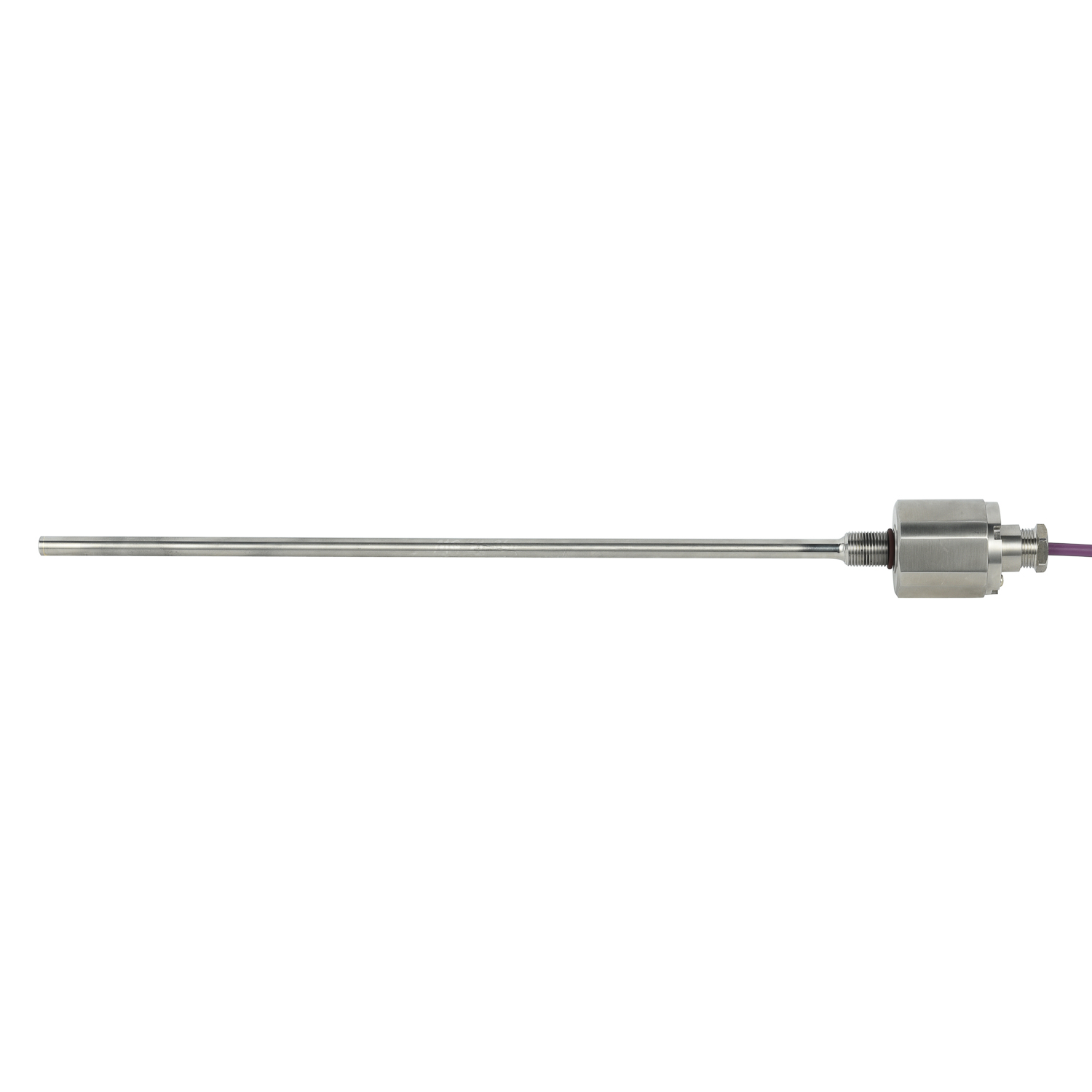How to implement wireless transmission with magnetostrictive sensors?
Implementing wireless transmission with magnetostrictive sensors represents a significant advancement in industrial monitoring and automation. These highly precise sensors measure position, distance, and liquid levels by utilizing the magnetostrictive effect - where ferromagnetic materials change shape under magnetic fields. By integrating wireless capabilities, industries can eliminate cumbersome wiring, reduce installation costs, and create more flexible monitoring systems that provide real-time data from remote or difficult-to-access locations.
Understanding Magnetostrictive Sensor Technology
Magnetostrictive sensors operate through the interaction between two magnetic fields: one from a permanent magnet in the position marker and another from an electrical pulse sent through the sensor's waveguide. When these fields meet, they create a torsional strain wave that travels along the waveguide at a constant speed. The sensor precisely measures the time between pulse initiation and wave detection to calculate position with exceptional accuracy, typically within microns, making them ideal for applications requiring precise linear displacement measurements.

Wireless System Architecture Design
Designing a wireless magnetostrictive system requires careful consideration of several components. The core system includes the magnetostrictive sensor itself, a signal conditioning module, an analog-to-digital converter, a microcontroller unit, and a wireless transceiver. The sensor generates analog signals that must be conditioned and converted to digital format before being processed by the microcontroller. The wireless module then transmits this data to a central receiver or gateway. Power management is crucial, with options including battery power, energy harvesting systems, or low-power designs that extend operational life in remote installations.
Selecting Appropriate Wireless Protocols
Choosing the right wireless protocol depends on your specific application requirements. For short-range applications in industrial settings, Bluetooth Low Energy (BLE) or Zigbee offer reliable connectivity with moderate power consumption. For longer distances, LoRaWAN or cellular IoT (NB-IoT, LTE-M) provide extensive coverage with varying power requirements. Wi-Fi is suitable for applications with readily available power sources. Consider factors such as data rate, range, power consumption, network topology, and the industrial environment's RF interference levels when selecting the most appropriate protocol for your magnetostrictive sensing application.
Data Acquisition and Signal Processing
The data acquisition process begins with the magnetostrictive sensor generating a precise time-domain signal corresponding to the measured parameter. This analog signal undergoes conditioning to remove noise and amplify the relevant components before analog-to-digital conversion. The microcontroller then processes this digital signal, applying necessary algorithms to calculate the precise measurement value. For wireless transmission, data compression techniques may be employed to reduce payload size and conserve bandwidth. Error checking mechanisms ensure data integrity throughout the transmission process.
Power Management Solutions
Effective power management is critical for wireless magnetostrictive sensors, especially in remote applications. Low-power design strategies include selecting components with minimal power requirements, implementing sleep modes between measurements, and optimizing transmission intervals. Energy harvesting techniques can extend operational life by converting ambient energy from vibrations, thermal gradients, or solar sources into electrical power. For critical applications, battery backup systems with smart charging capabilities ensure uninterrupted operation. Power management integrated circuits (PMICs) help optimize energy usage across all system components.
Implementation Steps and Configuration
Successful implementation begins with mechanical integration, ensuring proper mounting and alignment of the magnetostrictive sensor. Electrical connections must be secured following manufacturer specifications. The wireless module requires configuration for network parameters, transmission intervals, and data formats. Calibration procedures establish accurate measurement baselines, while testing verifies both sensing accuracy and wireless reliability. Documentation of installation parameters and configuration settings facilitates future maintenance and troubleshooting.
Integration with Monitoring Systems
Wireless magnetostrictive sensors typically connect to broader monitoring ecosystems through gateway devices that aggregate data from multiple sensors. These gateways often convert protocol-specific communications to standard IoT protocols like MQTT or HTTP for integration with SCADA systems, cloud platforms, or custom monitoring software. Application programming interfaces (APIs) enable data access for analysis and visualization tools. Security measures, including encryption and authentication protocols, protect data integrity throughout the transmission and integration process.
Testing and Validation Procedures
Rigorous testing ensures system reliability through several validation stages. Laboratory testing verifies measurement accuracy under controlled conditions. Environmental testing assesses performance across expected temperature, humidity, and vibration ranges. Wireless range testing determines effective transmission distances in both line-of-sight and obstructed scenarios. Long-duration testing identifies potential issues with power stability, signal interference, and data consistency. Validation against known standards or reference instruments confirms measurement accuracy meets application requirements.
Troubleshooting Common Implementation Challenges
Common challenges in wireless magnetostrictive implementations include signal interference from industrial equipment, power supply instability, and mechanical installation issues. RF interference can often be mitigated through frequency selection, shielding, or antenna repositioning. Power issues may require battery capacity increases or energy harvesting enhancements. Mechanical problems typically involve recalibration or physical realignment. Establishing comprehensive diagnostic procedures and remote monitoring capabilities helps identify and address these issues promptly.
Future Trends and Advancements
The future of wireless magnetostrictive sensors points toward increased integration with IIoT ecosystems, enhanced power efficiency through ultra-low-power components, and improved security protocols. Advances in materials science may yield sensors with higher temperature tolerances and improved accuracy. Machine learning integration will enable predictive maintenance capabilities by analyzing trend data from multiple sensors. Standardization of communication protocols will simplify integration while reducing implementation costs across various industrial applications.
 UpgradingYourLevelMeasurementS
UpgradingYourLevelMeasurementS
 Why are magnetostrictive level
Why are magnetostrictive level
 ComparingMagnetostrictiveandRa
ComparingMagnetostrictiveandRa
 MagnetostrictiveLevelSensorfor
MagnetostrictiveLevelSensorfor
